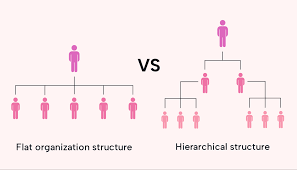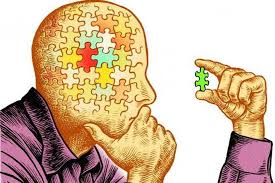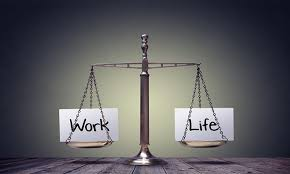
In the fast-paced world of executive leadership, success often comes with a hidden cost. For many women in top positions, the pressure to perform, prove, and persevere leads to a relentless cycle of over-commitment. The result? Burnout, exhaustion, and an increasing sense of disconnection from both professional and personal life. Yet, despite the growing awareness around work-life balance, many executive women still struggle to set firm boundaries. Why? Because the unwritten rules of leadership often reward overwork and penalize pause.
The Culture of “Always On”
In many corporate spaces, being available 24/7 has become a badge of honor. Late-night emails, weekend calls, and non-stop meetings are not just common but expected. For executive women, this culture of hyper-availability is particularly intense. The fear of being perceived as less committed or not “tough enough” keeps many trapped in an endless cycle of saying “yes” when they should be saying “no.”
A Harvard Business Review study found that women in leadership roles are more likely to take on non-promotable tasks—work that benefits the organization but does little for career advancement. From mentoring junior employees to spearheading diversity initiatives, these responsibilities, while important, often go unrecognized and add to an already overloaded schedule.
The Emotional Toll of Over-commitment
Over-commitment doesn’t just drain energy—it erodes confidence and well-being. Constantly being stretched thin can lead to decision fatigue, diminished creativity, and emotional exhaustion. Worse, it creates a sense of detachment, where even personal time feels like an extension of work. A supposed day off turns into a guilt-ridden attempt to “catch up,” and vacations become nothing more than a change of scenery rather than a real break.
Over time, this level of stress manifests physically—insomnia, headaches, digestive issues, and even heart conditions. Mentally, it leads to anxiety, irritability, and a declining sense of self-worth. The irony? The more executive women overcommit, the less effective they become in both leadership and life.
Breaking the Cycle: Setting Boundaries That Stick
So, how can executive women reclaim their time and energy without jeopardizing their careers? The key lies in setting—and enforcing—boundaries that align with personal values and professional success.
- Reframe Boundaries as Strength, Not Weakness Saying “no” isn’t a sign of incompetence; it’s a strategic decision. High-performing executives who prioritize essential tasks over busywork are often more respected and impactful.
- Delegate with Authority Women leaders often hesitate to delegate, fearing they will appear less capable. Instead, effective delegation should be seen as an asset that empowers teams while freeing up mental bandwidth for high-value work.
- Time Blocking for Personal Well-Being Schedule personal time just as rigorously as meetings. Treating self-care, exercise, and downtime as non-negotiable appointments can help ensure they happen consistently.
- Define Non-Negotiables Identify what matters most—whether it’s family dinners, a set end time for work, or unplugging on weekends—and protect those commitments fiercely.
- Resist the Guilt Trap Many women feel guilty when setting boundaries, fearing they are letting others down. Shifting the mindset from “I’m failing” to “I’m leading by example” can make boundary-setting feel empowering rather than selfish.
The Leadership Legacy: Balance Over Burnout
Executive women have fought hard to earn their place at the table. But true leadership isn’t about working endlessly—it’s about working wisely. By setting boundaries and avoiding the trap of over-commitment, women in leadership can redefine success, not just for themselves but for the next generation of leaders.
It’s time to trade burnout for balance and over-commitment for impact. The real power move? Knowing when to step back so you can step up stronger.
Helping Executive Women Reduce Stress, Prevent Fatigue & Avoid Burnout
📩 Follow me for more insights or send me a message to connect!









